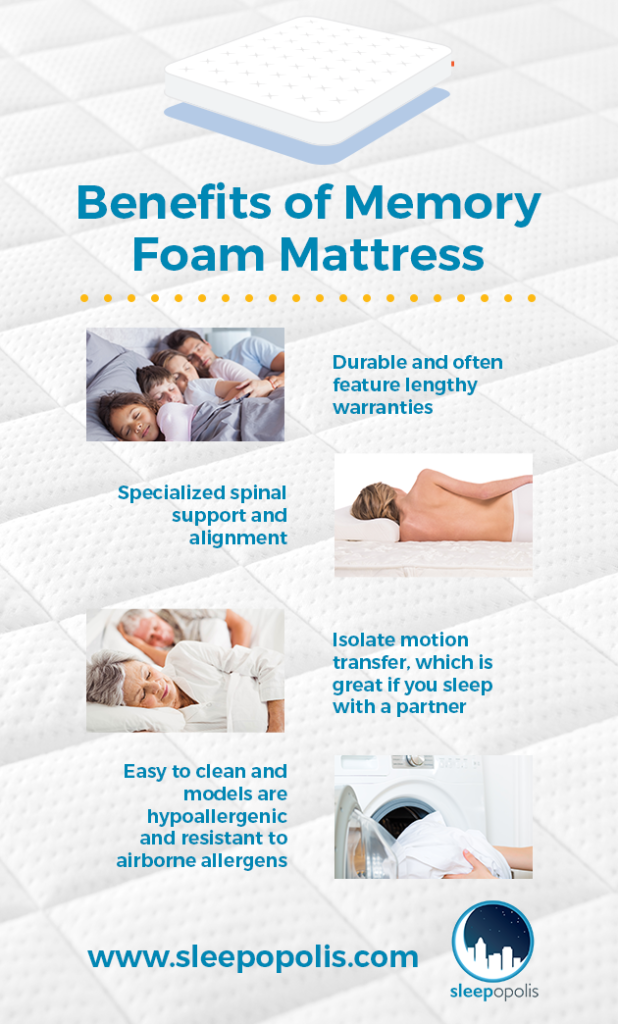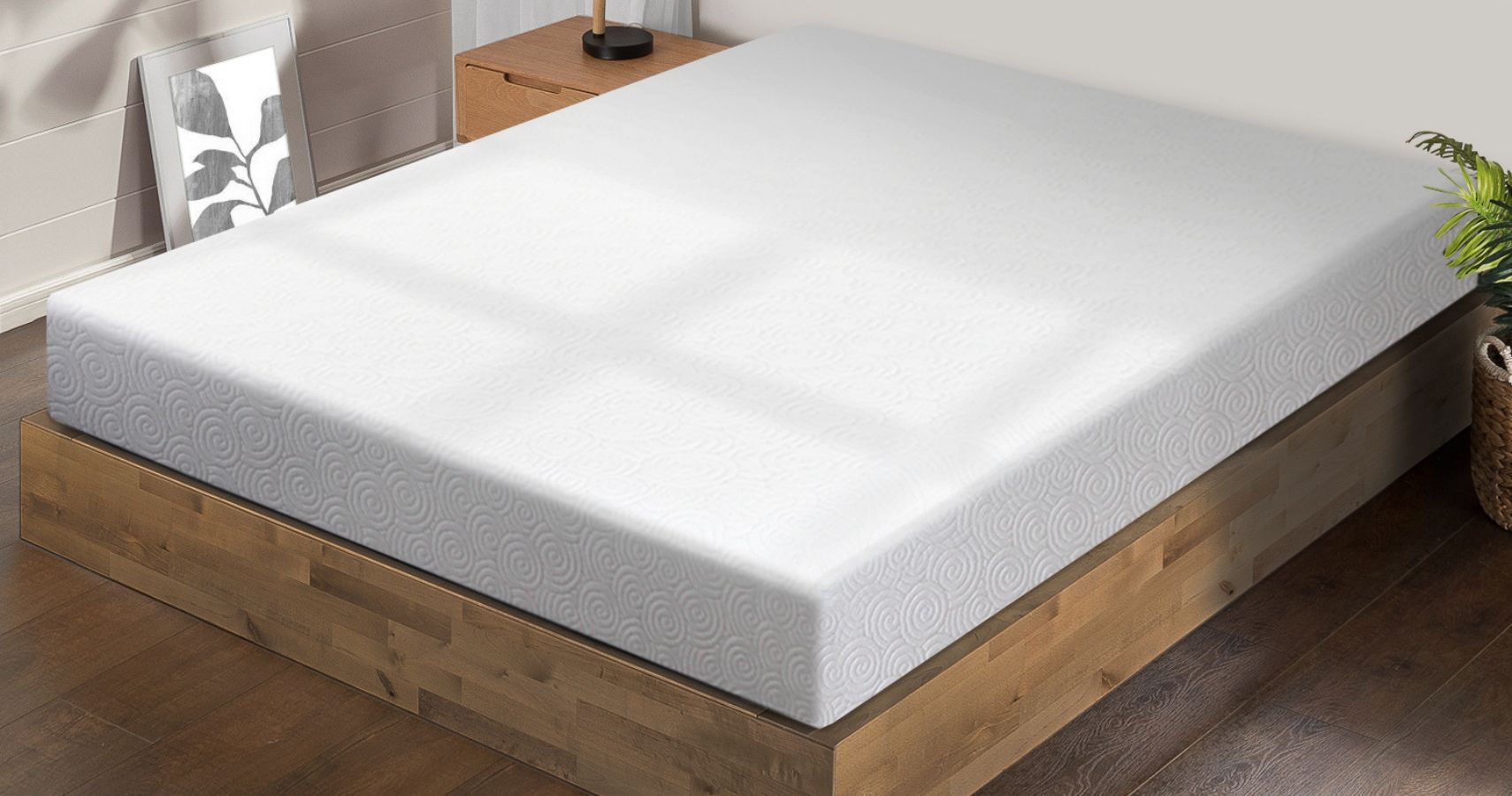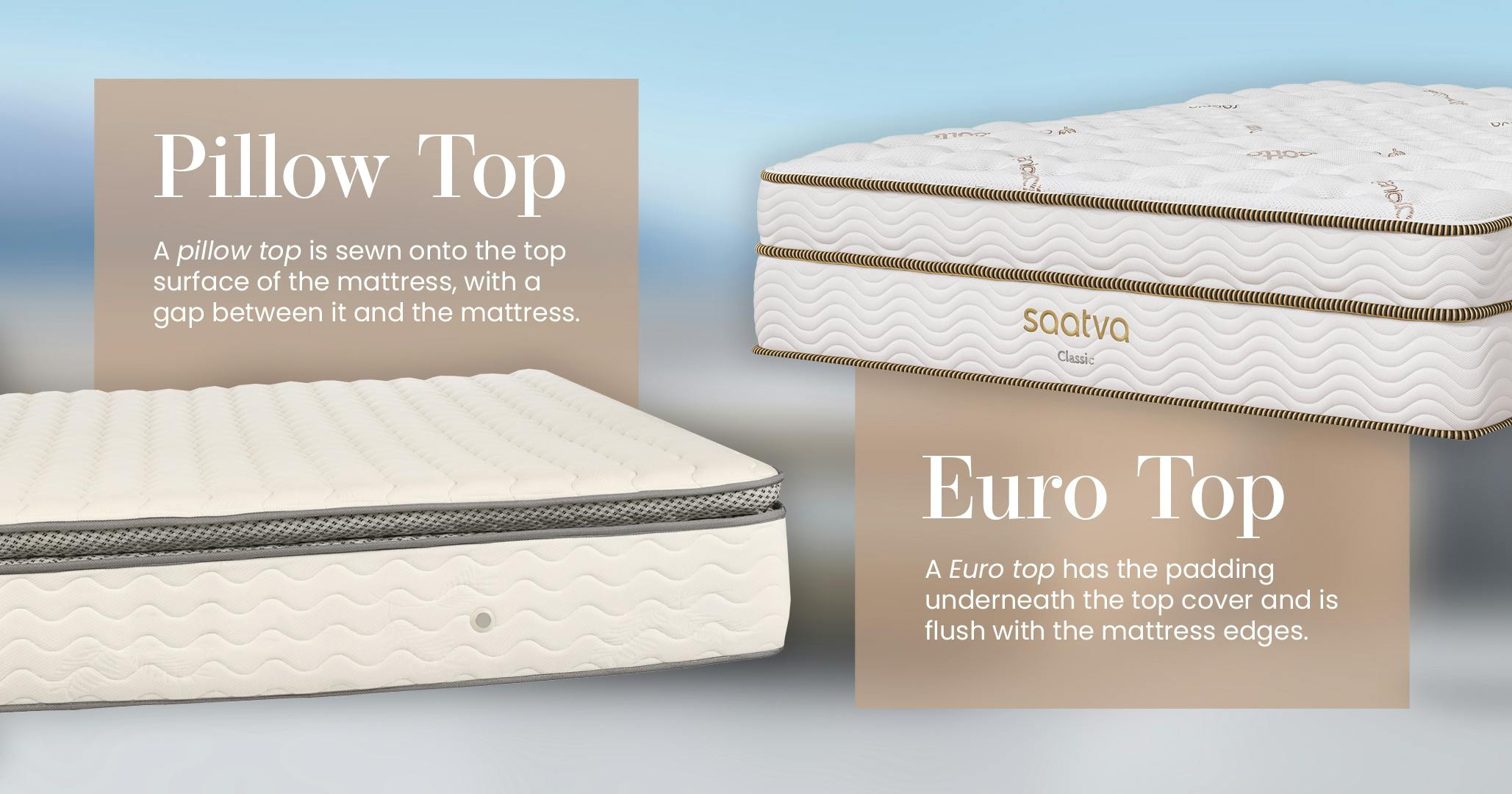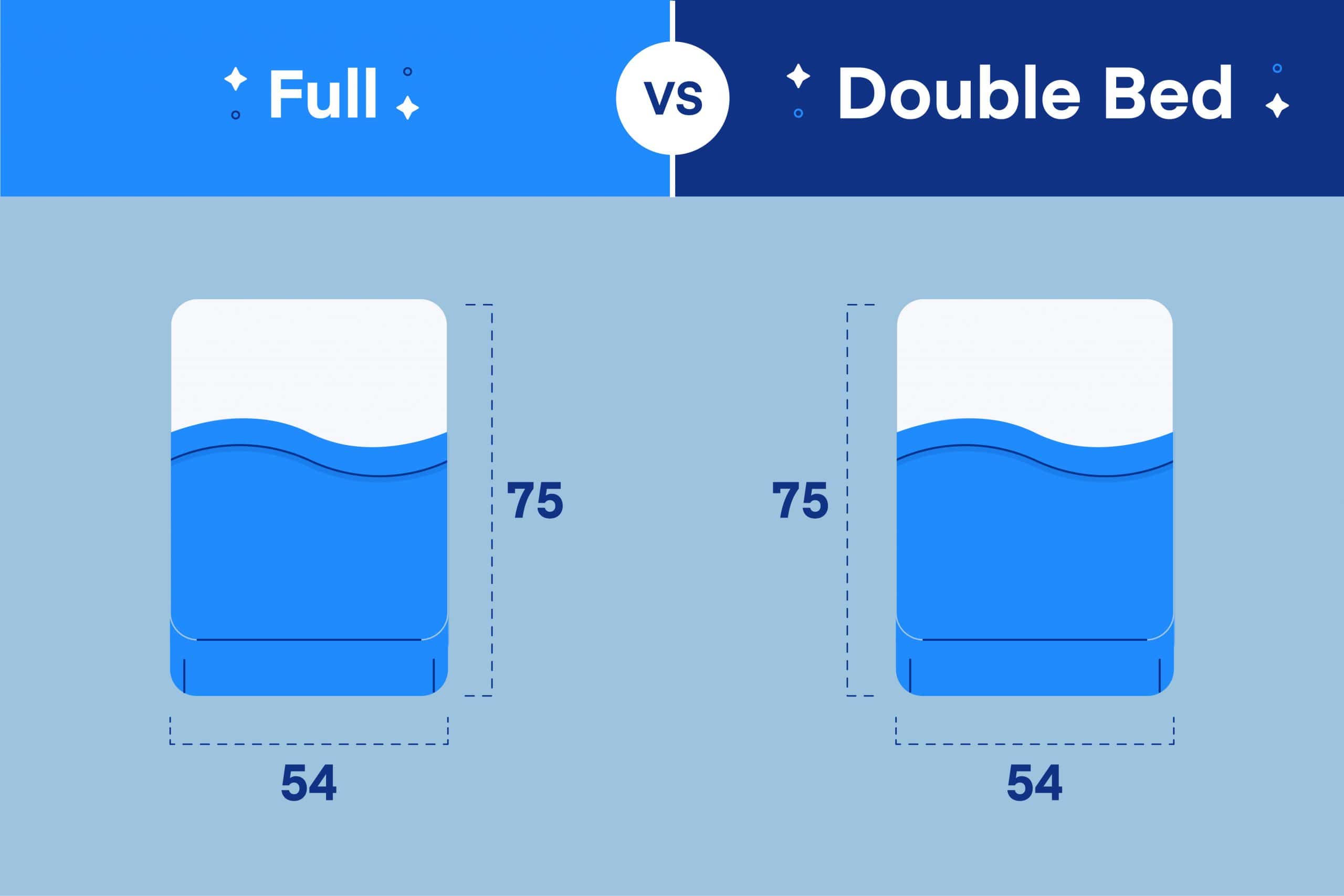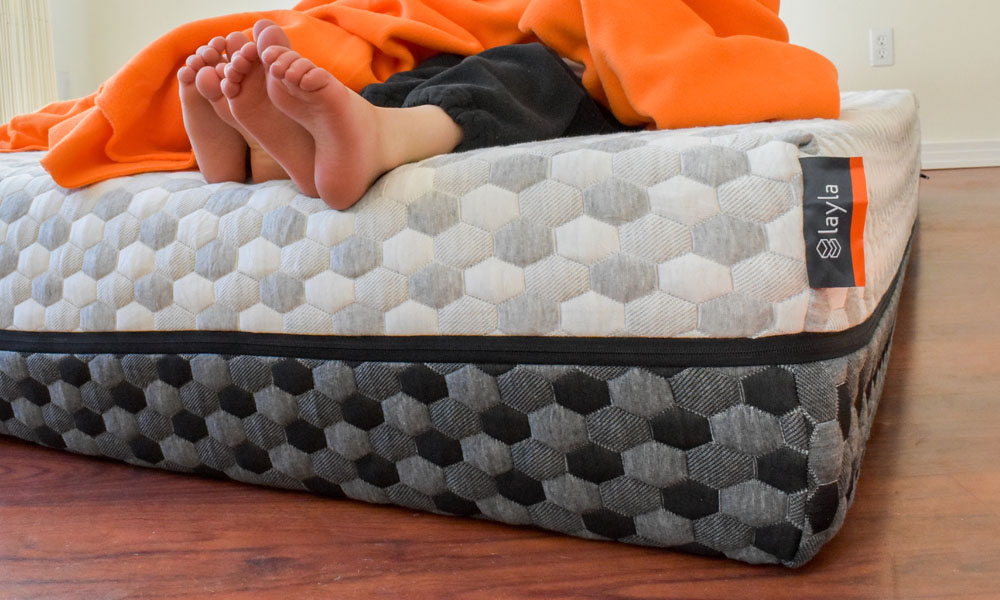When it comes to purchasing a new mattress, the options can seem endless. From innerspring to memory foam, latex to hybrid, and even airbeds, there are a variety of types to choose from. Each type of mattress offers different features and benefits, making it important to understand the differences before making a decision. Innerspring mattresses are the most common type of mattress and have been around for the longest. They are made with a support system of metal coils surrounded by layers of padding and fabric. Innerspring mattresses are known for their durability and affordability, but may not provide enough support for those with back pain or pressure points. Memory foam mattresses are made from layers of foam that conform to the body and provide pressure relief. They are known for their ability to contour to the body and minimize motion transfer, making them a good choice for couples. However, they can retain heat and may not be suitable for those who tend to sleep hot. Latex mattresses are made from natural or synthetic rubber and provide a bouncy, responsive feel. They are known for their durability and hypoallergenic properties. Latex mattresses are also a good choice for those who tend to sleep hot, as they are breathable and promote airflow. Hybrid mattresses combine the support of innerspring coils with the pressure relief of memory foam or latex. They offer the best of both worlds and are a popular choice for those who want a balance of comfort and support. However, they may come with a higher price tag compared to other types of mattresses. Airbed mattresses use air chambers as the primary support system, allowing for customizable firmness levels. They are a good option for those who want to be able to adjust the firmness of their mattress, but may not be as durable as other types.Types of Mattresses: Innerspring, Memory Foam, Latex, Hybrid, Airbed
One of the most common questions when it comes to mattresses is the difference between a firm and soft mattress. The main difference lies in the level of support and the feel of the mattress. Firm mattresses are typically recommended for those who prefer a more supportive feel and those who have back pain. They have a harder surface and provide a more even distribution of body weight. However, they may not be suitable for those who prefer a softer, more cushioned feel. Soft mattresses are recommended for those who prefer a more plush, cushioned feel. They provide a sinking sensation and can help relieve pressure points. However, they may not offer enough support for those with back pain or heavier body weights. It's important to find the right balance between support and comfort when choosing the firmness of your mattress. A mattress that is too firm or too soft can lead to discomfort and disrupted sleep.What is the difference between a firm and soft mattress?
The thickness of a mattress can also play a role in comfort. While there is no one-size-fits-all answer, generally, a thicker mattress will offer more support and comfort. A thicker mattress usually means more layers of padding and foam, providing a more comfortable and cushioned feel. It can also help with pressure relief and distributing body weight evenly. However, a thicker mattress may also come with a higher price tag. On the other hand, a thinner mattress may not offer as much comfort and support, but it may be a more affordable option. If you prefer a firmer feel or don't have any specific comfort needs, a thinner mattress may be a suitable choice.How does mattress thickness affect comfort?
Pillow top and euro top mattresses are both types of mattresses that have an additional layer of padding on top of the main mattress. The main difference between the two lies in the design and placement of the extra padding. Pillow top mattresses have an extra layer of padding sewn onto the top of the mattress, resembling a pillow. This layer can be made from a variety of materials, such as foam, cotton, or wool, and provides a plush, cushioned feel. Euro top mattresses also have an extra layer of padding, but it is sewn under the cover of the mattress, creating a flush, seamless appearance. This layer is usually made from high-density foam and provides a firmer, more supportive feel compared to a pillow top. Both types of mattresses offer additional comfort and support, but the choice between the two may come down to personal preference and comfort needs.What is the difference between a pillow top and euro top mattress?
The material of a mattress can also play a role in temperature regulation. Certain materials may retain heat, while others promote airflow and keep the body cool. Memory foam mattresses are known for their ability to retain heat. While this can be beneficial for those who tend to sleep cold, it may not be suitable for those who sleep hot. Latex mattresses are naturally breathable and promote airflow, making them a good option for those who tend to sleep hot. They can also help regulate body temperature and prevent overheating. Innerspring mattresses have a coil support system that allows for more airflow compared to other types of mattresses. This can make them a cooler option, but they may still retain some heat depending on the materials used in the padding. It's important to consider your personal temperature needs when choosing a mattress material to ensure a comfortable and restful sleep.How does mattress material affect temperature regulation?
Traditional and adjustable mattresses differ in their design and functionality. While traditional mattresses have a fixed structure, adjustable mattresses allow for customization and movement. Traditional mattresses have a fixed structure and are not designed to bend or adjust. They are the most common type of mattress and come in a variety of materials, sizes, and firmness levels. Adjustable mattresses have a flexible structure that allows for customization of the head and foot positions. They are commonly used for medical purposes, but can also provide a more comfortable sleep experience for those who like to read, watch TV, or work in bed. When deciding between a traditional and adjustable mattress, consider your sleep needs and whether the added features of an adjustable mattress will benefit you.What is the difference between a traditional and adjustable mattress?
Back pain is a common issue that can be affected by the type of mattress you sleep on. Finding the right level of support is crucial for a comfortable and pain-free sleep. Firm mattresses are often recommended for those with back pain, as they provide a more even distribution of body weight and keep the spine aligned. However, a mattress that is too firm can put pressure on certain areas and cause discomfort. Medium-firm mattresses are a good compromise for those with back pain, providing both support and comfort. They can help alleviate pressure points while still keeping the spine in a neutral position. Soft mattresses may not be suitable for those with back pain, as they can cause the body to sink and put strain on the spine. However, if you prefer a softer feel, look for a mattress with additional support layers to help alleviate pressure points.How does mattress support affect back pain?
Single-sided and double-sided mattresses differ in their construction and maintenance. While single-sided mattresses have one sleeping surface, double-sided mattresses can be flipped and used on both sides. Single-sided mattresses are designed to be used on one side only, with the bottom typically made of a non-slip material. They are more common and require less maintenance, as they do not need to be flipped. Double-sided mattresses have the same construction on both sides, allowing them to be flipped and used on either side. This can help prolong the lifespan of the mattress and prevent uneven wear. However, they may require more frequent flipping and rotating. When deciding between a single-sided and double-sided mattress, consider your preference for maintenance and whether you are willing to put in the extra effort to flip the mattress regularly.What is the difference between a single-sided and double-sided mattress?
The size of your mattress can also play a role in the quality of your sleep. While personal preference and room size may be determining factors, there are some potential benefits to consider when choosing a mattress size. Twin mattresses are the smallest size and are suitable for children, teenagers, and single adults. They can also be a good option for smaller rooms or guest rooms. Full mattresses are slightly wider than twin mattresses and are better suited for single adults or couples who prefer to sleep close together. They can also be a comfortable option for growing children and teenagers. Queen mattresses are the most popular size and provide enough space for couples to sleep comfortably. They are also a good choice for those who like to spread out while sleeping. King mattresses are the largest size and provide the most space for couples. They can also be a good option for those who have children or pets that like to share the bed.How does mattress size affect sleep quality?
Foam and spring mattresses differ in their construction and feel. While foam mattresses are made from layers of foam, spring mattresses have a support system of metal coils. Foam mattresses are known for their ability to conform to the body and provide pressure relief. They can also minimize motion transfer and are a good choice for couples. However, they may retain heat and may not be suitable for those who tend to sleep hot. Spring mattresses have a support system of metal coils, providing a bouncy, responsive feel. They are known for their durability and affordability, but may not provide enough support for those with back pain or pressure points. When deciding between a foam and spring mattress, consider your comfort needs and which type of support system will work best for you.What is the difference between a foam and spring mattress?
Differences in Sleeping Mattresses

Choosing the Right Mattress
 When it comes to designing a house, one of the most important elements to consider is the bedroom. After all, it is where we spend a significant portion of our lives resting and rejuvenating. And what plays a crucial role in ensuring a good night's sleep? The
sleeping mattress
. A good mattress can make all the difference in the quality of our sleep, and there are many types to choose from. Each type has its own unique characteristics, offering different levels of comfort and support. Let's explore the differences in sleeping mattresses and how they can impact your sleep.
When it comes to designing a house, one of the most important elements to consider is the bedroom. After all, it is where we spend a significant portion of our lives resting and rejuvenating. And what plays a crucial role in ensuring a good night's sleep? The
sleeping mattress
. A good mattress can make all the difference in the quality of our sleep, and there are many types to choose from. Each type has its own unique characteristics, offering different levels of comfort and support. Let's explore the differences in sleeping mattresses and how they can impact your sleep.
Memory Foam Mattress
 One of the most popular types of mattresses is the
memory foam mattress
. As the name suggests, it is made of memory foam, a material that molds to the shape of your body, providing personalized support. This type of mattress is ideal for those who experience back pain as it helps relieve pressure points and promotes proper spinal alignment. Memory foam mattresses also absorb motion, making them a good option for couples, as one person's movements won't disturb the other's sleep.
One of the most popular types of mattresses is the
memory foam mattress
. As the name suggests, it is made of memory foam, a material that molds to the shape of your body, providing personalized support. This type of mattress is ideal for those who experience back pain as it helps relieve pressure points and promotes proper spinal alignment. Memory foam mattresses also absorb motion, making them a good option for couples, as one person's movements won't disturb the other's sleep.
Innerspring Mattress
 Innerspring mattresses are the traditional type of mattresses and are still widely used. They are made up of steel coils, which provide support and durability. The number of coils and the thickness of the padding can vary, giving you a range of options to choose from. Innerspring mattresses are known for their bounciness, making them a good option for those who prefer a firmer mattress. However, they may not be as effective in relieving pressure points as memory foam mattresses.
Innerspring mattresses are the traditional type of mattresses and are still widely used. They are made up of steel coils, which provide support and durability. The number of coils and the thickness of the padding can vary, giving you a range of options to choose from. Innerspring mattresses are known for their bounciness, making them a good option for those who prefer a firmer mattress. However, they may not be as effective in relieving pressure points as memory foam mattresses.
Latex Mattress
 For those who prefer a more natural option,
latex mattresses
are an excellent choice. These mattresses are made from the sap of rubber trees, making them eco-friendly and hypoallergenic. Latex mattresses are known for their comfort and support, as they conform to the body's shape while providing a bouncy feel. They also have good breathability, keeping you cool and comfortable throughout the night.
For those who prefer a more natural option,
latex mattresses
are an excellent choice. These mattresses are made from the sap of rubber trees, making them eco-friendly and hypoallergenic. Latex mattresses are known for their comfort and support, as they conform to the body's shape while providing a bouncy feel. They also have good breathability, keeping you cool and comfortable throughout the night.
Hybrid Mattress
 If you can't decide between memory foam and innerspring mattresses, why not have the best of both worlds? Hybrid mattresses combine the support of innerspring mattresses with the comfort of memory foam. They typically have a layer of memory foam on top of a layer of coils, giving you the benefits of both types of mattresses. Hybrid mattresses are a good option for those who want a balance of support and comfort.
If you can't decide between memory foam and innerspring mattresses, why not have the best of both worlds? Hybrid mattresses combine the support of innerspring mattresses with the comfort of memory foam. They typically have a layer of memory foam on top of a layer of coils, giving you the benefits of both types of mattresses. Hybrid mattresses are a good option for those who want a balance of support and comfort.
The Importance of Trying Before Buying
 With so many options available, it can be challenging to choose the right mattress for you. That's why it's crucial to try out different mattresses before making a purchase. Lie down on the mattress for at least 10 minutes to get a feel for it. Pay attention to how it supports your body and if it relieves any pressure points. Don't be afraid to ask questions and do your research to find the best mattress for your needs.
In conclusion, choosing the right sleeping mattress is essential for a good night's sleep. Whether you prefer memory foam, innerspring, latex, or a hybrid mattress, each type offers its own unique benefits. Don't be afraid to invest in a quality mattress, as it can make a significant impact on your overall health and well-being. Remember to try before you buy and choose a mattress that provides the perfect balance of support and comfort for your body.
With so many options available, it can be challenging to choose the right mattress for you. That's why it's crucial to try out different mattresses before making a purchase. Lie down on the mattress for at least 10 minutes to get a feel for it. Pay attention to how it supports your body and if it relieves any pressure points. Don't be afraid to ask questions and do your research to find the best mattress for your needs.
In conclusion, choosing the right sleeping mattress is essential for a good night's sleep. Whether you prefer memory foam, innerspring, latex, or a hybrid mattress, each type offers its own unique benefits. Don't be afraid to invest in a quality mattress, as it can make a significant impact on your overall health and well-being. Remember to try before you buy and choose a mattress that provides the perfect balance of support and comfort for your body.

